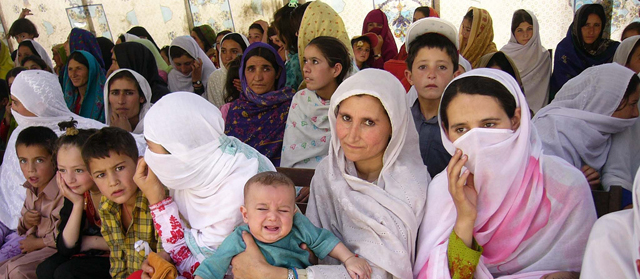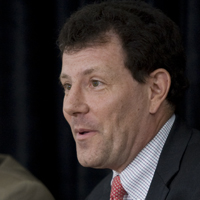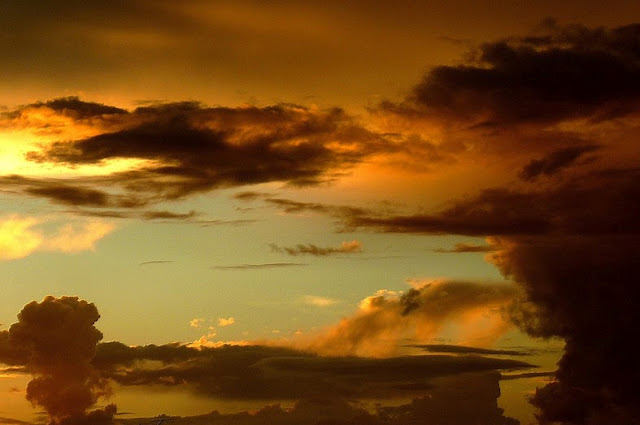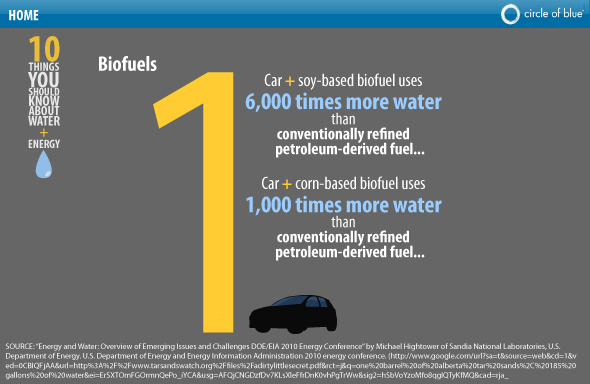-
Wilson Center Scholar Huma Yusuf on Pakistan’s Population Policy: Will it Work?
›October 8, 2010 // By Wilson Center StaffExcerpt from op-ed by Huma Yusuf in Dawn:
The best news Pakistanis have received in the past week comes in the form of the National Population Policy 2010. The policy recognises that demographics are the key to promoting economic development and security in Pakistan. It also prioritises family planning — particularly in an effort to promote birth spacing — as the best strategy for achieving ambitious population targets (2.1 births per woman in 2025).
In many ways, the story of Pakistan is one of a failure of family planning. Although the Family Planning Association of Pakistan was set up as early as 1952, we have seen a five-fold increase in our population between 1951 and 2009, from 34 million to 171 million.
The urgent need for revamped family planning service delivery cannot be understated. Although 96 per cent of married Pakistani women are aware of at least one modern contraceptive method, only 22 per cent are currently using modern contraceptives, while another eight per cent use less effective traditional methods. One quarter of married women want to wait before having another child, or do not want more children, but are not using contraception. And 24 per cent of married women admit that their last child was mistimed or unwanted.
Many Pakistanis bemoan the prevalence of abortion here (a 2004 Population Council study estimates that there are 890,000 abortions annually), but this too should be understood as a shortcoming of our government’s family planning service delivery. According to the 2006-07 Pakistan Demographic Health Survey, 65 per cent of women who had an abortion were over the age of 30, while 80 per cent had more than three children. In this context, the population policy’s emphasis on family planning is a welcome paradigm shift.
Continue reading on Dawn.
Photo Credit: Adapted from “chitral photos,” courtesy of flickr user groundreporter. -
Nicholas Kristof on Maternal Health Challenges and Opportunities
› After a Wilson Center Global Health Initiative event last year, New York Times columnist Nicholas Kristof spoke with ECSP Director Geoff Dabelko about the importance of maternal health issues and what can be done about it.
After a Wilson Center Global Health Initiative event last year, New York Times columnist Nicholas Kristof spoke with ECSP Director Geoff Dabelko about the importance of maternal health issues and what can be done about it.
“You just know that if men had uteruses and were dying at this rate, every country would have a Minister of Paternal Mortality, the Security Council would be meeting…this would be a real international priority,” said Kristof. “It just should not happen that one woman dies a minute for reproducing.” He recently revisited this topic with a column titled, “Birth Control Over Baldness.”
The “Pop Audio” series offers brief clips from ECSP’s conversations with experts around the world, sharing analysis and promoting dialogue on population-related issues. Also available on iTunes. -
Top 10 Posts for September 2010
›Marc Levy’s response to Halvard Buhaug’s paper on climate-security linkages, a critique of the World Bank’s latest report on land grabs, and resource conflicts top the list this month:
1. On the Beat: Climate-Security Linkages Lost in Translation
2. New World Bank Report on Land Grabs Is a Dud
3. India’s Maoists: South Asia’s “Other” Insurgency
4. U.S. v. China: The Global Battle for Hearts, Minds, and Resources
5. DRC’s Conflict Minerals: Can U.S. Law Impact the Violence?
6. Historic Floods Plague Pakistan
7. Iraq at the Crossroads: Water, Power, Trash, and Security: Interview with Iraq’s First Minister of the Environment Mishkat Al Moumin
8. UK Royal Society: Call for Submissions “People and the Planet” Study To Examine Population, Environment, Development Links
9. Demographics, Depleted Resources, and Al Qaeda Inflame Tensions in Yemen
10. Guest Contributor Serge Dedina: Environmental Security Along the U.S.-Mexico Border -
Jon Barnett on Climate Change, Small Island States, and Migration
›
Contrary to the iconic image of lapping waves submerging low-lying countries, few Pacific islanders are emigrating from their homes due to climate change, according to Australian geographer Jon Barnett of the University of Melbourne.
-
Apply Today: Deadline Approaching for Wilson Center Fellowship Applications
›September 27, 2010 // By Wilson Center StaffThe Woodrow Wilson Center awards approximately 20-25 residential fellowships annually to individuals with outstanding project proposals in a broad range of the social sciences and humanities on national and/or international issues. Topics and scholarship should relate to key public policy challenges or provide the historical and/or cultural framework to illuminate policy issues of contemporary importance.
Fellowship applications must be postmarked or submitted online by October 1. Applicants are notified of the results of the selection process in March of the following year.
For more information, please see the full application announcement here. -
Weather as a Weapon: The Troubling History of Geoengineering So Far
›September 27, 2010 // By Wilson Center StaffExcerpted from the original version of this article on Slate, by James Fleming.
Is there a technological fix for global warming? Where would we put a “planetary thermostat,” and who would control the settings? The long and tragicomic history of fixing the sky — of rainmakers, rain fakers, weather warriors, and climate engineers — indicates that such ideas are far-fetched. Dosing the stratosphere with sulfuric acid to turn the blue sky milky-white does not sound like a good idea. Neither does dumping an iron slurry into the oceans to fill them with algae and turn them soupy-green. A global forest of artificial trees? Storing massive amounts of carbon dioxide under our feet forever? A flotilla of ships pumping seawater into the clouds? Unlikely, unlikely, unlikely.
Global climate engineering is untested and untestable, and dangerous beyond belief. The famous mathematician and computer pioneer John von Neumann warned against it in 1955. Responding to U.S. fantasies about weaponizing the weather and Soviet proposals to modify the Arctic and rehydrate Siberia, he expressed concern over “rather fantastic effects” on a scale difficult to imagine and impossible to predict. Tinkering with the Earth’s heat budget or the atmosphere’s general circulation, he claimed, “will merge each nation’s affairs with those of every other more thoroughly than the threat of a nuclear or any other war may already have done.” In his opinion, attempts at weather and climate control could disrupt natural and social relations and produce forms of warfare as yet unimagined. It could alter the entire globe and shatter the existing political order.
Continue reading on Slate.
James Fleming is an environmental historian and Professor of Science, Technology, and Society at Colby College. ECSP and the Wilson Center will be hosting the launch of his new book, Fixing the Sky: The Checkered History of Weather and Climate Control, on October 6, 2010.
Photo Credit: Adapted from “Lever du jour,” courtesy of flickr user Solea20. -
Circle of Blue Launches ‘Choke Point: U.S.’ Series Examining Intersection of Water and Energy Resources
›Speaking yesterday at the Wilson Center, Circle of Blue Senior Editor and New York Times reporter Keith Schneider called his organization’s latest project, reporting on the intersection of finite water resources and growing demand for energy around the world, one of the most important stories of his career. First in the series is Choke Point: U.S.:
For as long as the United States has been a nation the central idea guiding energy development is to generate as much as the energy sector is capable of producing. In every way imaginable, though, the 21st century is testing the soundness of that principle. A number of environmental, economic, and political impediments lie in the path to large increases in American energy production.
For more check out Circle of Blue’s full feature as well their multimedia section, with infographics illustrating water regulations and power generation type by state, North Dakota’s remarkable rise to “domestic oil royalty,” and video interviews with residents and experts from around the country (including the Wilson Center’s Jennifer Turner, on China).
None, though, is more significant than the nation’s steadily diminishing reserve of fresh water. The place where rising energy demand collides with declining water supplies is a national choke point that the United States has barely begun to address, and certainly isn’t close to resolving.
Beyond the United States, Circle of Blue and the Wilson Center’s China Environment Forum also hope to start-up a “Choke Point: China” but are still seeking funding.
Image Credit: Graphic courtesy of Ball State University graduate student, Mark Townsend, and data compiled by Circle of Blue’s Aubrey Ann Parker and Andrea Hart. -
Alex Evans on Resource Scarcity and Global Consumption
› “Why should we be concerned with scarcity issues?” asks New York University’s Alex Evans. Beyond general population growth, there is also an expanding global middle class that is shifting to more Western diets and consuming more energy, he explains. The net result is that demand for food, water, oil, and land is outpacing supply. These scarcity issues should be grouped together, argues Evans, because you can’t address one without affecting the others.
“Why should we be concerned with scarcity issues?” asks New York University’s Alex Evans. Beyond general population growth, there is also an expanding global middle class that is shifting to more Western diets and consuming more energy, he explains. The net result is that demand for food, water, oil, and land is outpacing supply. These scarcity issues should be grouped together, argues Evans, because you can’t address one without affecting the others.
The “Pop Audio” series offers brief clips from ECSP’s conversations with experts around the world, sharing analysis and promoting dialogue on population-related issues. Also available on iTunes.
Showing posts by Wilson Center Staff.










